Product details
- ASIN : B0042JSRU0
- Publisher : PublicAffairs; 1st edition (October 12, 2010)
- Publication date : October 12, 2010
- Language : English
- File size : 1701 KB
- Text-to-Speech : Enabled
- Screen Reader : Supported
- Enhanced typesetting : Enabled
- X-Ray : Enabled
- Word Wise : Enabled
-
Print length : 289 pages
کتاب When Money Dies: The Nightmare of Deficit Spending, Devaluation, and Hyperinflation in Weimar, Germany
When Money Dies is the classic history of what happens when a nation's currency depreciates beyond recovery. In 1923, with its currency effectively worthless (the exchange rate in December of that year was one dollar to 4,200,000,000,000 marks), the German republic was all but reduced to a barter economy.
Expensive cigars, artworks, and jewels were routinely exchanged for staples such as bread; a cinema ticket could be bought for a lump of coal; and a bottle of paraffin for a silk shirt. People watched helplessly as their life savings disappeared and their loved ones starved. Germany's finances descended into chaos, with severe social unrest in its wake.
Money may no longer be physically printed and distributed in the voluminous quantities of 1923. However, quantitative easing, that modern euphemism for surreptitious deficit financing in an electronic era, can no less become an assault on monetary discipline. Whatever the reason for a country's deficit - necessity or profligacy, unwillingness to tax, or blindness to expenditure - it is beguiling to suppose that if the day of reckoning is postponed economic recovery will come in time to prevent higher unemployment or deeper recession. What if it does not? Germany in 1923 provides a vivid, compelling, sobering moral tale.
منابع کتاب کتاب When Money Dies: The Nightmare of Deficit Spending, Devaluation, and Hyperinflation in Weimar, Germany
وقتی پول می میرد ، تاریخچه کلاسیک آن چیزی است که وقتی پول یک کشور بیش از بهبودی کاهش می یابد، اتفاق می افتد. در سال 1923، با وجود پولی که عملاً ارزش نداشت (نرخ مبادله در دسامبر آن سال یک دلار به 4,200,000,000,000 مارک بود) جمهوری آلمان به یک اقتصاد مبادله ای تقلیل یافت.
سیگارهای گران قیمت، آثار هنری، و جواهرات به طور معمول با مواد اصلی مانند نان رد و بدل می شد. بلیت سینما را می شد با یک تکه زغال سنگ خرید. و یک بطری پارافین برای پیراهن ابریشمی. مردم با درماندگی نظاره گر ناپدید شدن پس اندازهای زندگی و گرسنگی عزیزانشان بودند. امور مالی آلمان دچار هرج و مرج شد و ناآرامی های اجتماعی شدیدی در پی آن فرو رفت.
پول را دیگر نمی توان به صورت فیزیکی در مقادیر انبوه سال 1923 چاپ و توزیع کرد. با این حال، تسهیل کمی، آن تعبیر مدرن برای تامین مالی مخفی کسری مالی در عصر الکترونیکی، نمی تواند کمتر به یک حمله به نظم پولی تبدیل شود. دلیل کسری یک کشور هر چه باشد - ضرورت یا اسراف، عدم تمایل به مالیات یا کوری در هزینه - تصور اینکه اگر روز حساب به تعویق بیفتد، بهبود اقتصادی به موقع فرا خواهد رسید تا از افزایش بیکاری یا رکود عمیقتر جلوگیری شود. اگر این کار را نکرد چه؟ آلمان در سال 1923 یک داستان اخلاقی واضح، متقاعد کننده و هوشیار ارائه می دهد.


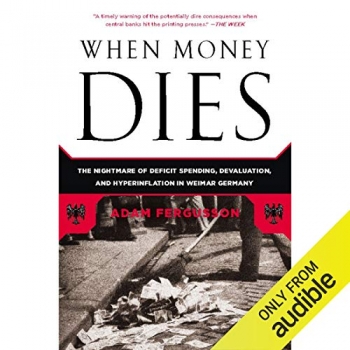



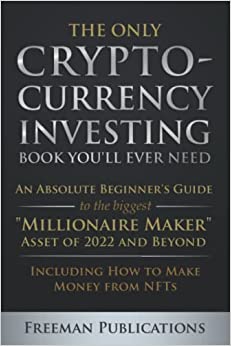

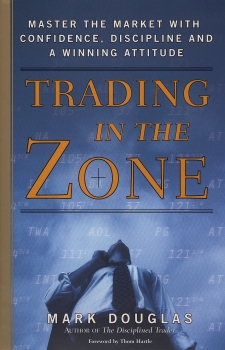

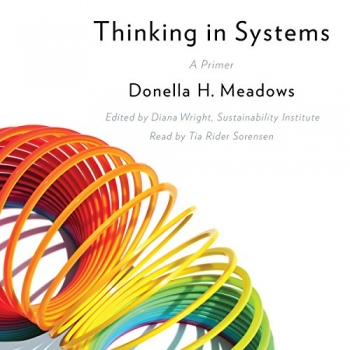

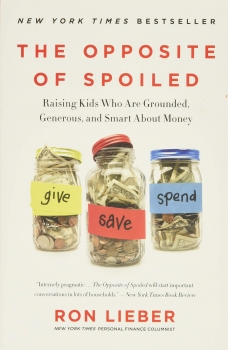

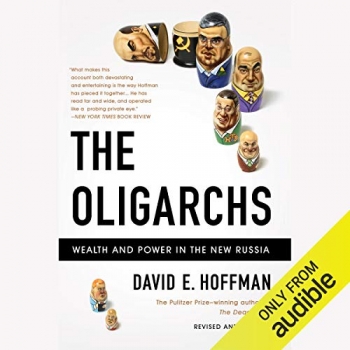
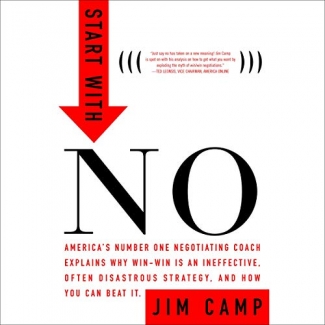


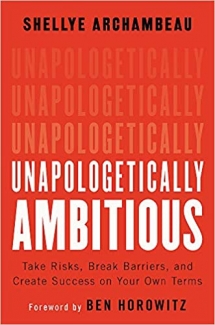
![کتاب Nudge: Improving Decisions About Health, Wealth, and Happiness [Expanded Edition] کتاب Nudge: Improving Decisions About Health, Wealth, and Happiness [Expanded Edition]](/media/catalog/product/md_cf6a9_51oq03_s71l.jpg)









![کتاب Nudge: Improving Decisions About Health, Wealth, and Happiness [Expanded Edition]](/media/catalog/product/bx_cf6a9_51oq03_s71l.jpg)


ارسال نظر درباره کتاب When Money Dies: The Nightmare of Deficit Spending, Devaluation, and Hyperinflation in Weimar, Germany